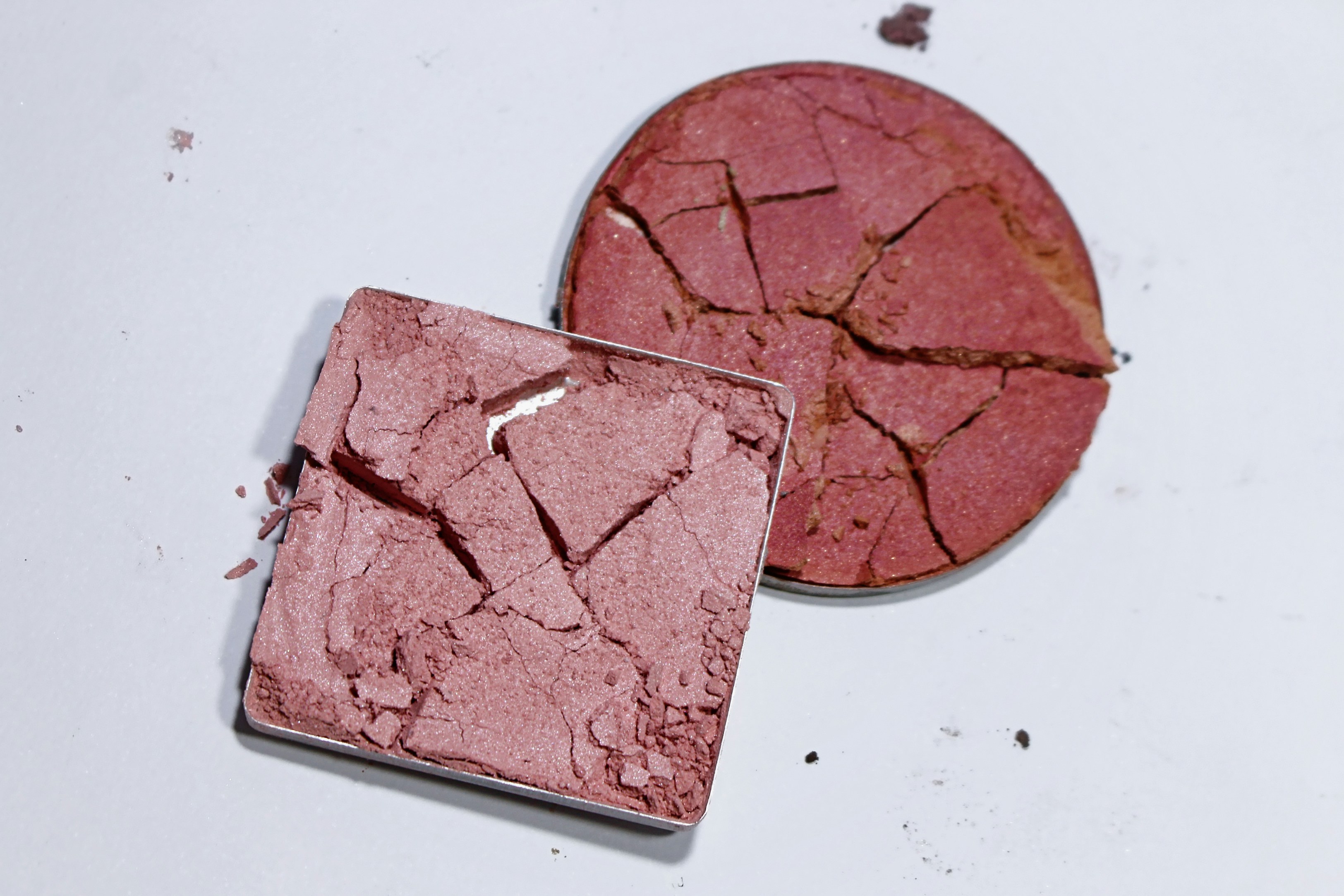Related Posts
You break it, you buy it. That seems to be the rule in most retail spaces. However, does this viral video serve as the exception?
In the video, we see a salesperson making a pitch. He repeatedly hits the TV, showing the consumer its break-resistant feature. The customer gives the TV one mighty punch and bam—out go its lights.
The question here is- who is liable for damages? The customer or the salesperson?
How Did the ‘You Break it, You Buy It’ Rule Originate?
The “You break it you buy it” rule seems to have existed forever. Additionally, it’s a matter of common sense. If you break unsold merchandise in a shop, it’s no longer sellable. Therefore, you should pay for it.
The law originated somewhere. In 1952, a Miami gift shop first used it. The store owners put the phrase on their breakable items, and the rest is history.
The Pottery Barn Rule
Most people would think Pottery Barn– a retailer with plenty of breakables, has a ‘you break it you buy it’ rule. However, this is not the case. Like many retail chains, the store writes off broken pottery as a loss.
The legal doctrine states that retailers run a risk by placing merchandise where a customer can handle it without doing anything to discourage handling.
In this video, the salesperson did nothing to discourage the customers from handling the TV. He encouraged him to punch it. Therefore, the salesman would be liable for damages.
Is the ‘You Break it You Buy it Rule’ Legally Enforceable?
A shopkeeper can ask a customer to reimburse them for the cost of an item broken in their store. However, they cannot legally force them to do so.
Legal reimbursement would require a mutual agreement. For example, if the shop made every visitor sign a contract before they entered the shop agreeing to the ‘you break it, you buy it rule,’ the business may be within its rights to sue a customer for breaking an item.
However, stores rarely, if ever, require a contract for breakables.
Furthermore, most in-store items are not worth a legal lawsuit. Additionally, stores could risk damaging their reputation by pursuing customers for breaking an item in their shop.
How to Enforce the ‘You Break it You Buy it’ Rule

Let’s say a shop owner decides they want to pursue legal action against someone who broke an item in their shop. Here is what they would have to prove to win their claim.
- The property damage was the result of gross negligence. In other words, you would have to prove the customer was horsing around in the store or engaged in another activity that caused the damage.
- The customer knew about the ‘you break it you buy it’ rule. If customers sign a contract at the door acknowledging the rule, it becomes difficult for them to claim they were unaware of it. However, a shopkeeper can also post signs to let customers know the rule is in effect. The signs would have to be big enough and prominently displayed.
Additionally, a store would also have a tough time winning their legal claim if:
- The product had a slippery surface that made it difficult to hold onto.
- The product had removable parts that could come off easily.
- The product is in a high-traffic area where patients can easily bump into it.
- The damage to the product already makes it difficult to hold.
- The product is unpackaged, and there are no warning signs near it.
- The product is fragile and not locked in a display case.

